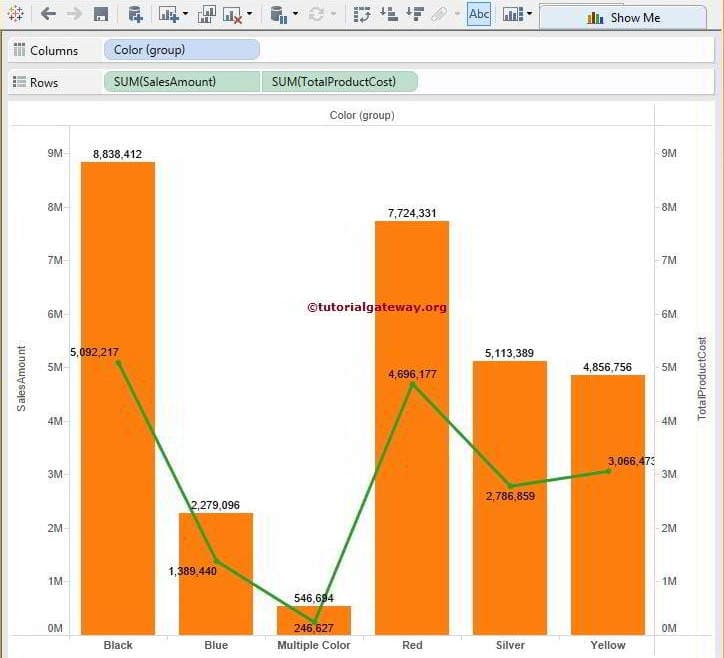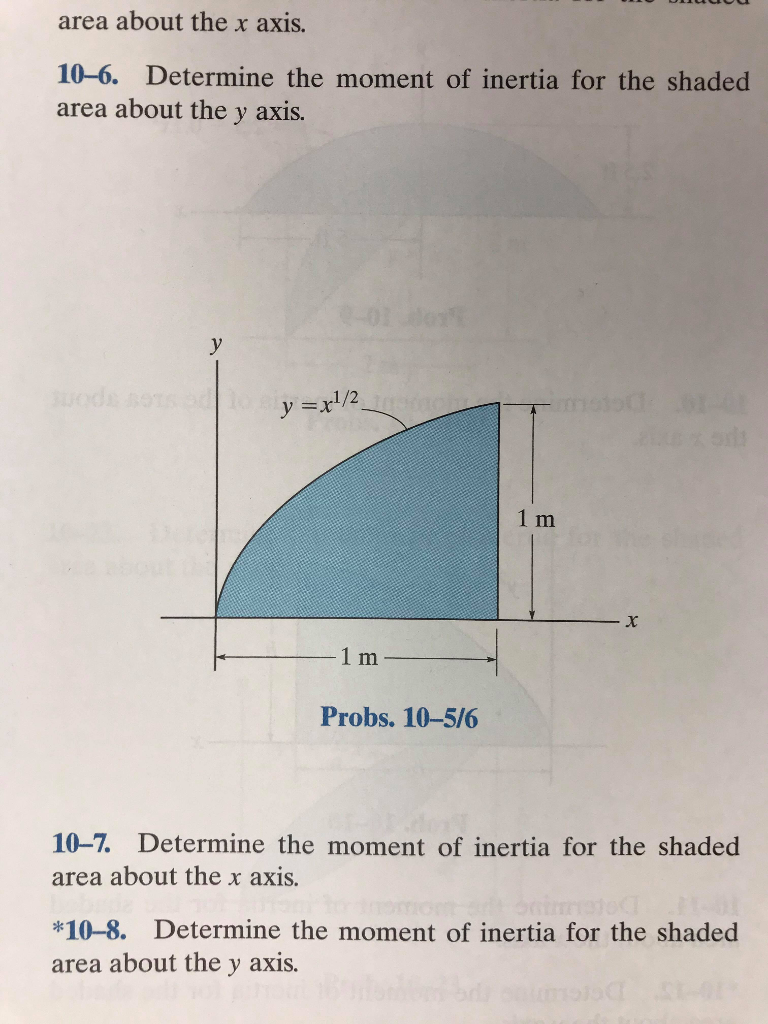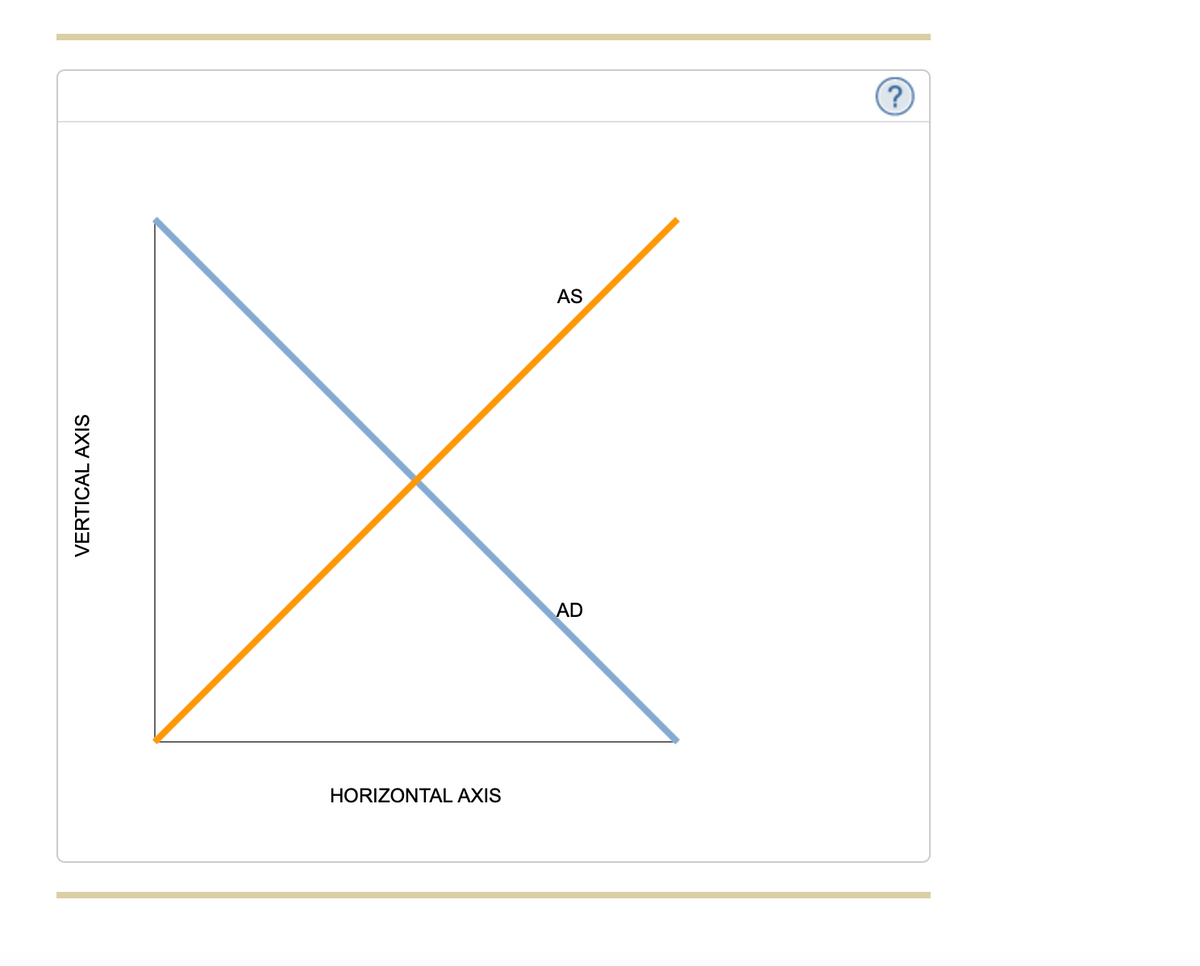

Why not just call it Make the Bars Wider? I don’t know. Excel means the width of the gap between two of those blue bars. Getting the bars wider involves a super geeky technical-sounding Excel move – reduce the gap width. The secondary series pretty much occludes your other set of bars, doesn’t it? We want the bars in the back to be wider, so the ones in front look sort of nested inside.

Moving a series to the secondary axis essentially means it will layer in front of the original series (which is still on the primary axis). In the box that pops open, click the radio button next to secondary axis. Then right-click and select Format Data Series. To do that, you’ll click on the set of bars you want in front. The trick is to get one set of bars on top of the other, kind of nested inside. You’ll highlight all of this data and insert a very standard, typical, clustered bar chart.

Your data table will look pretty standard: AND, best of all, making this graph is a piece of cake. Progress toward a goal or against a benchmark. In recent client projects, I’ve used these to show actual v.

Why have I fallen in love with this graph type? I think its because its such a great way to visualize the comparison between two things, when one is inherently a part of the other. My New Favorite Graph Type: Overlapping Bars


 0 kommentar(er)
0 kommentar(er)
